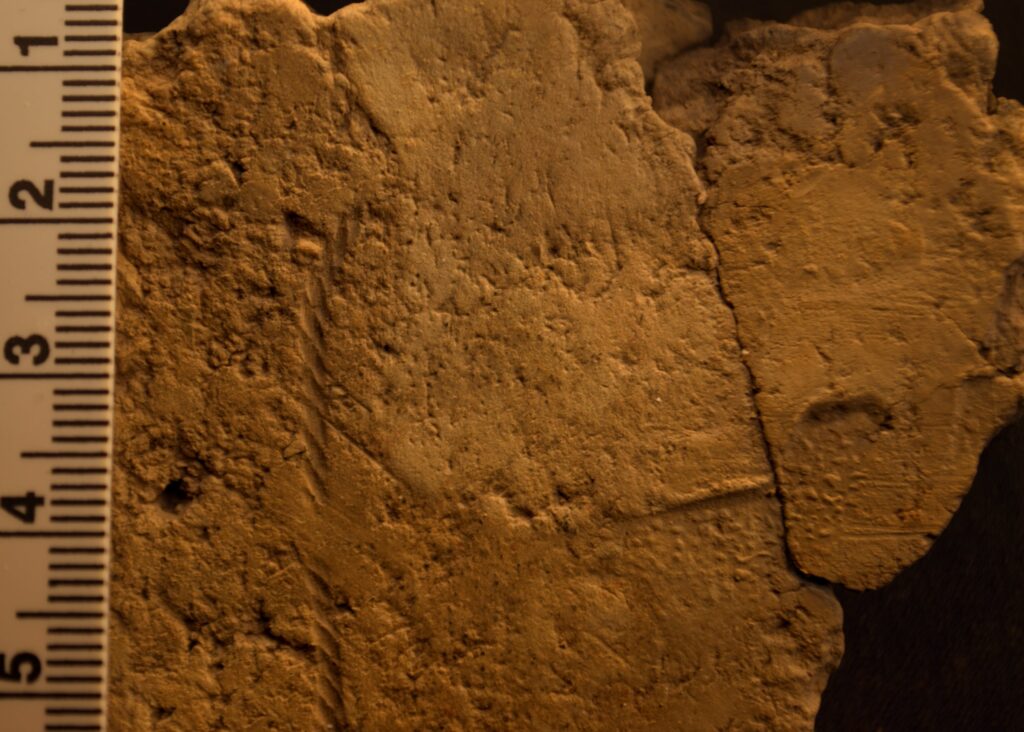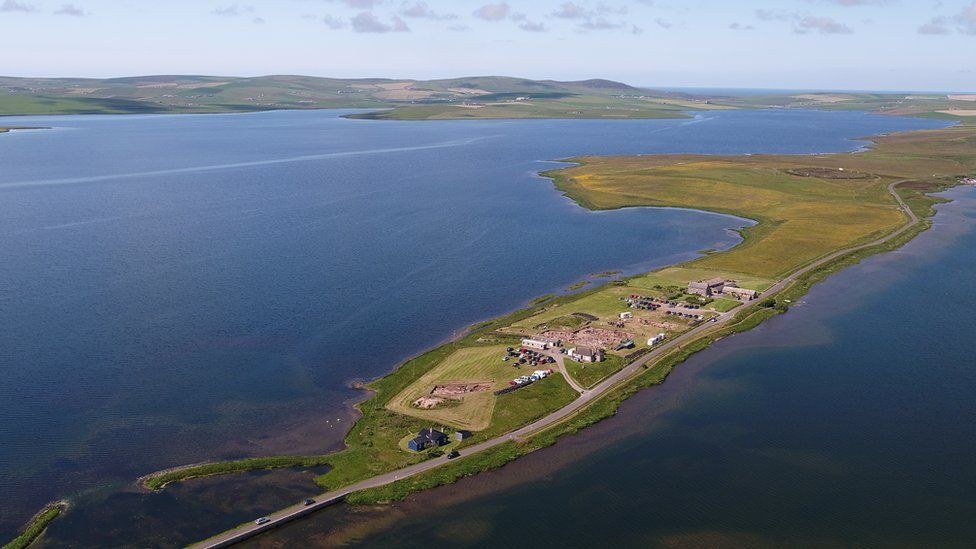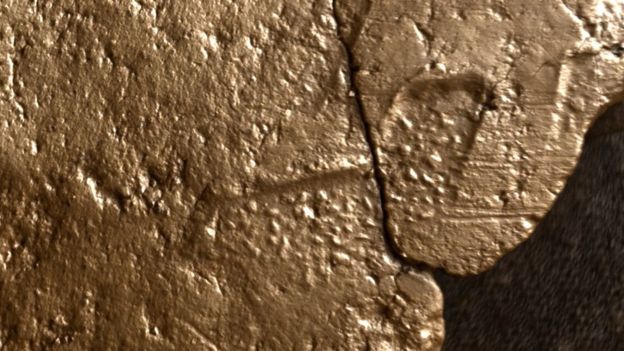Evidence of 5,000-year-old Neolithic fabric found in Orkney
In Orkney, Scotland, archeologists found new evidence of ancient fabrics from the Neolithic era more than 5000 years ago.

The only discovery in Scotland, the second of its kind, came from a fragment of pottery with an impression of a cloth stamped into its surface, found at Ness of Brodgar.
The site is part of the Heart of Neolithic Orkney World Heritage Site on the small island archipelago off the northern coast of Scotland.

Because it’s rare for organic material from prehistory to survive outside of very specific oxygen-free conditions, researchers studying Neolithic textiles have generally had to rely on secondary evidence like pottery fragments.
This latest discovery came from the Archaeology Institute of the University of the Highlands and Islands (UHI), which in 2019 began working to find pottery fragments with these types of impressions on them, known as ‘sherds.’
The team used a technique called reflectance transformation imaging (RTI) to examine the sherds, which involves taking multiple photographs of them with a slightly different angled source of light in each frame.
These images were analyzed by a computer program that created a highly-detailed digital image of the sherds, that could be more closely examined than the real physical fragment.
RTI analysis of the outer face of the sherds suggested multiple fragments had been ‘co-joined’ with a cord cloth, possibly in the shape of a basket-like object.
The inner face of the fragments had a different patterned impression that researchers believe came from the clothing worn by the potter who made the original piece.
‘There is no evidence of textile tools available in Neolithic Orkney, suggesting textiles were made by hand, or using tools made with organic materials that have not survived in the archaeological record,’ Ness of Brodgar’s site director Nick Card said.
‘This lack of material culture around textile production can help us to infer what techniques they may have been using.’ The patterns match similar findings at other sites in the region, that suggest using textiles with clay vessels was common.
‘A growing number of base sherds from the Ness have impressions of coiled mats used in the construction of clay vessels,’ Card said.

‘These match examples found at Barnhouse and Rinyo in Orkney and also at Forest Road in Aberdeenshire.
‘All specimens suggest fibre mats of spiral construction that may have eased the turning of the pot as it was formed and even facilitated its transportation whilst it was dried and then fired.’
The announcement of the Orkney discovery comes just a month after researchers in France discovered strands of woven yarn believed to be between 41,000 and 52,000 years old.
The yarn fragments were believed to have been used to bind simple tools and could have been used in more complex forms of weaving.





